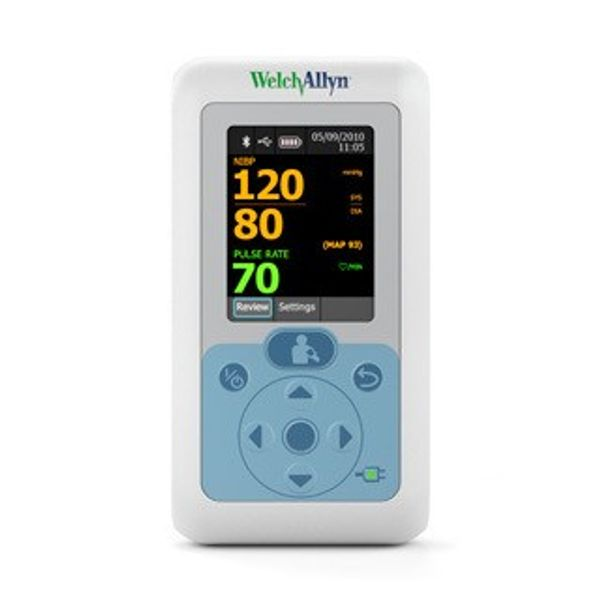Poor Performance Reading Pediatric Patients
RE: Blood Pressure Monitor Report Post

The Directions for Use manual states possible causes are the incorrect cuff size or the patient is moving their arm during the reading. Can you connect it to a BP tester and see how it does?
T.
TJ Lobato | MedWrench Guru
Report Post
I have done so with the Clinical Dynamics Smart Arm simulator. The BP 3400 in general (sample size about 45 so far) will work reliably for adult pressures 120/80 but will have inconsistent read times with infant and Peds pressures (80/48 and 100/65). The simulator is presenting a constant simulation, while the BP3400 will struggle to read taking random extended read times and applying excessive cuff inflation pressures. If equipped it will also revert from Sure BP to Stepped algorithm. Given sequential identical tests, the results are randomly different. This is almost exclusively the case when presented with normal pediatric systolic and diastolic simulated pressures. I have sent device logs and failing devices to Baxter/Hillrom/Welch Allyn service department, and they have sent me exchange units that do the same thing. The only clue that the Gold License W.A.S.T. (service tool) reveals that might relate to this problem is a random failure of the "Valve Control Test” I commonly see with the BP 3400.
The conclusion here is that we should not use the BP3400 on little kids. We are looking carefully at other technologies.
Report Post

